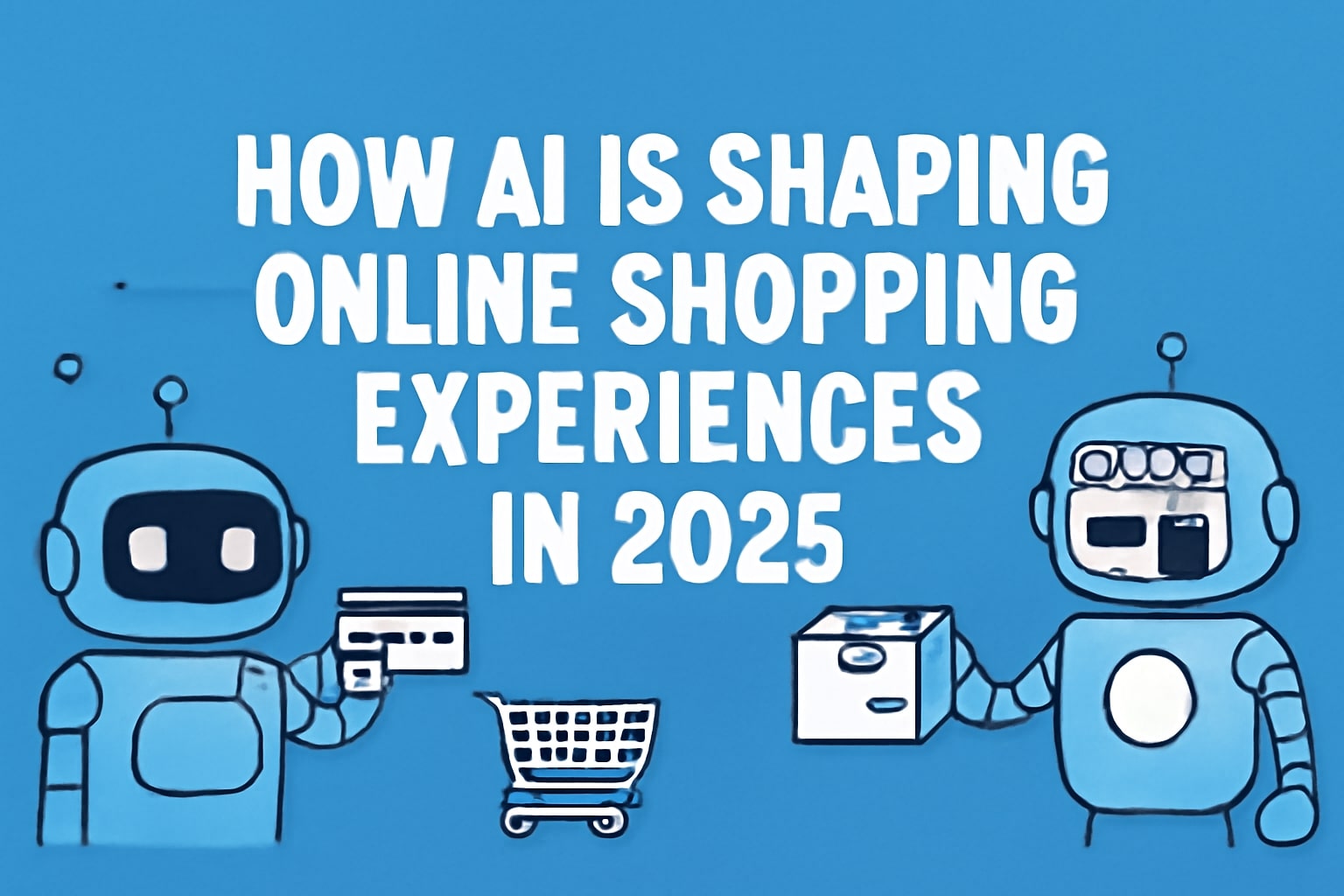AI in e-commerce 2025 is reshaping the way we shop. Gone are the days of endlessly scrolling through irrelevant products. Artificial Intelligence is transforming online shopping into a personalized, intuitive, and even predictive experience. Here’s how AI is shaping the way we shop online this year.
1. Hyper-Personalized Product Recommendations
This is one of AI’s most visible impacts. Algorithms analyze browsing history, past purchases, and even what similar users bought. As a result, shoppers see curated storefronts unique to their preferences.
Example: Amazon’s “Customers who bought this also bought…” and Netflix-style engines are now standard, significantly boosting order value. Learn more about product recommendation engines.
2. Visual Search and Style Discovery
See a dress you like on social media? AI-powered visual search lets you upload a photo to find similar items instantly. Moreover, this reduces friction in the buying journey.
Example: Pinterest Lens and Google Lens let users search with images. Fashion apps like ASOS and Amazon StyleSnap recommend clothing that matches the look. Try Pinterest Lens.
3. AI-Powered Sizing and Fit Predictors
One of the biggest challenges in fashion e-commerce—sizing—is being solved with AI. Algorithms recommend the perfect size using customer data such as height, weight, and brand preferences.
Example: Warby Parker and Zozo use AR and AI to measure customers and suggest the ideal fit. As a result, return rates are significantly reduced.
4. Smarter Search and Conversational Commerce
Forget basic keyword search. Now you can ask questions in natural language, and AI understands intent. In addition, conversational AI assistants guide you directly to the right product.
Example: Typing “a formal dress for a summer wedding in Florida” produces tailored results. AI chatbots also act as personal shopping assistants, improving customer satisfaction. See how AI chatbots enhance service.
5. Predictive Inventory and Dynamic Pricing
Behind the scenes, AI helps retailers anticipate demand, manage stock, and adjust prices in real time. Consequently, businesses avoid costly stockouts and maximize revenue.
Example: Airlines and hotels already use dynamic pricing. Similarly, online retailers adjust prices and inventory with AI to meet demand efficiently.
6. Augmented Reality (AR) Try-Ons
AI enhances AR experiences, allowing shoppers to “try before they buy” without leaving home. This creates trust and reduces hesitation at checkout.
Example: Sephora’s Virtual Artist lets you try on makeup, Warby Parker previews glasses on your face, and IKEA Place shows furniture in your living room.
The Future: Predictive Shopping
The next frontier is predictive shopping. AI will anticipate your needs before you realize them. Imagine receiving a new jacket suggestion because AI knows a cold front is approaching your city.
Overall, AI in e-commerce 2025 makes shopping less about searching and more about discovering. The result is a seamless, highly personalized experience that feels tailor-made for every consumer.
Discover how AI in e-commerce 2025 transforms online shopping with personalized recommendations, visual search, AR try-ons, and smarter inventory management.
